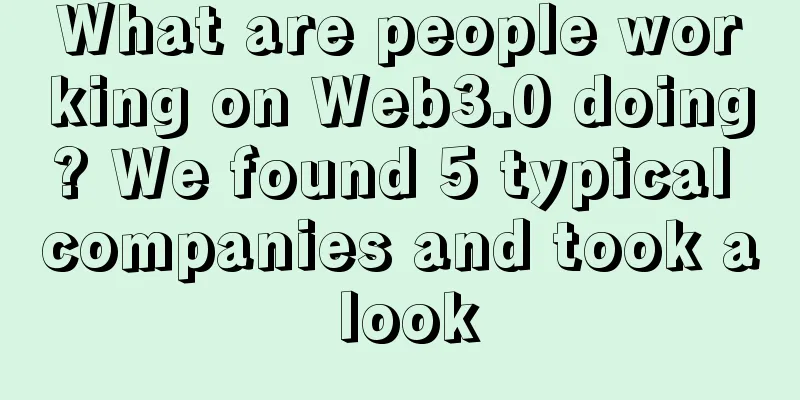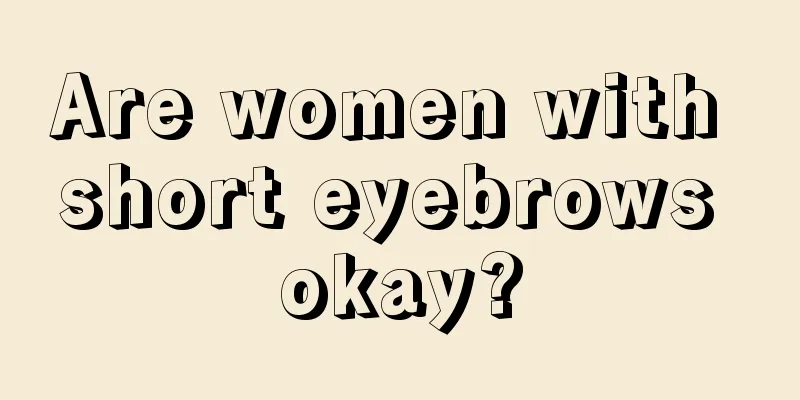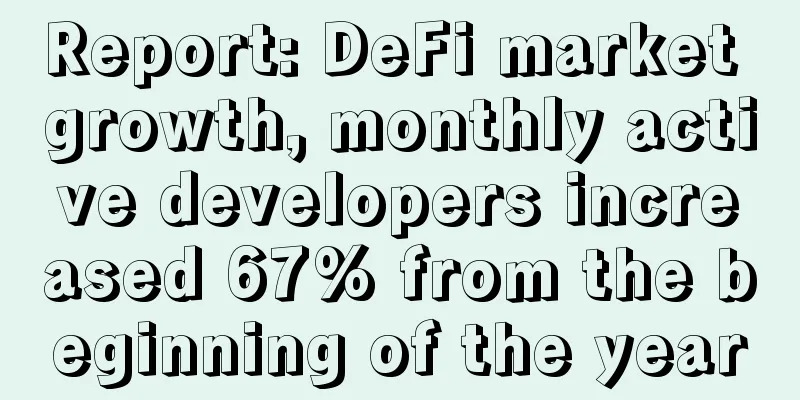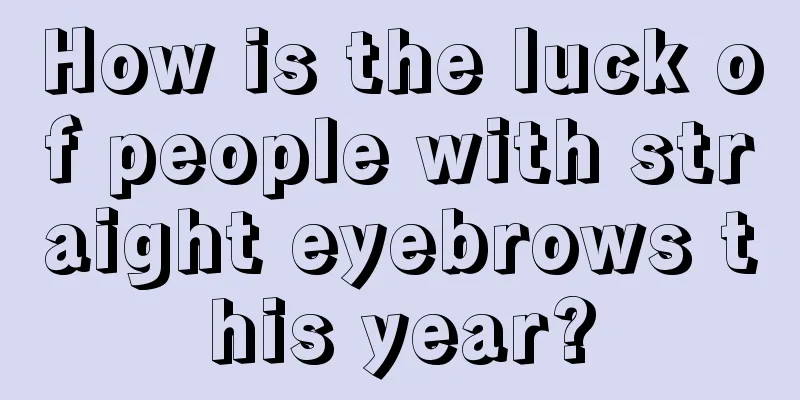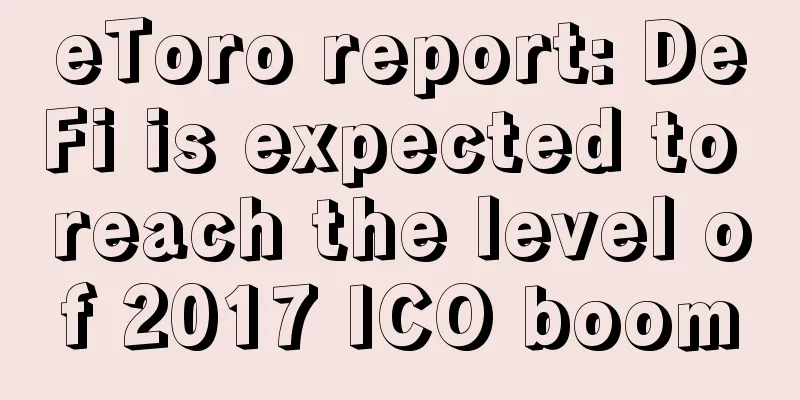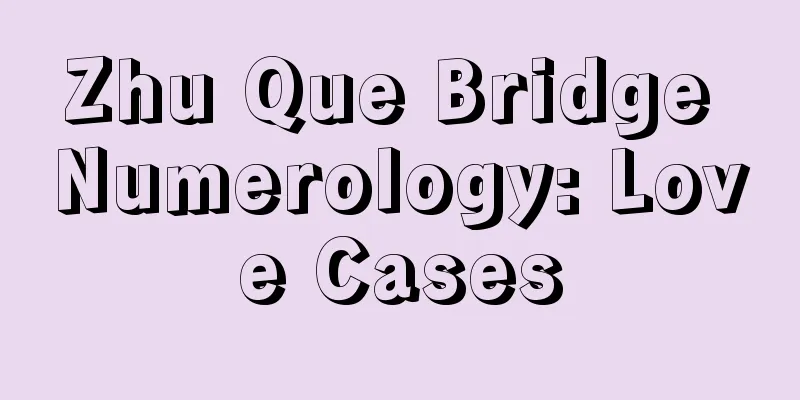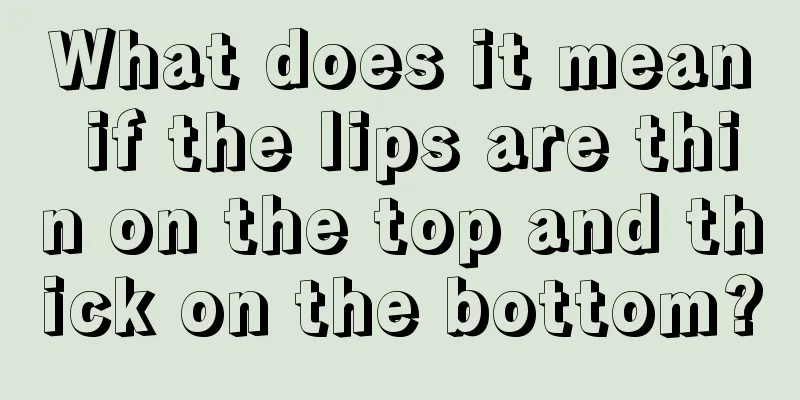Barclays completes trial of trading derivatives using Corda blockchain technology
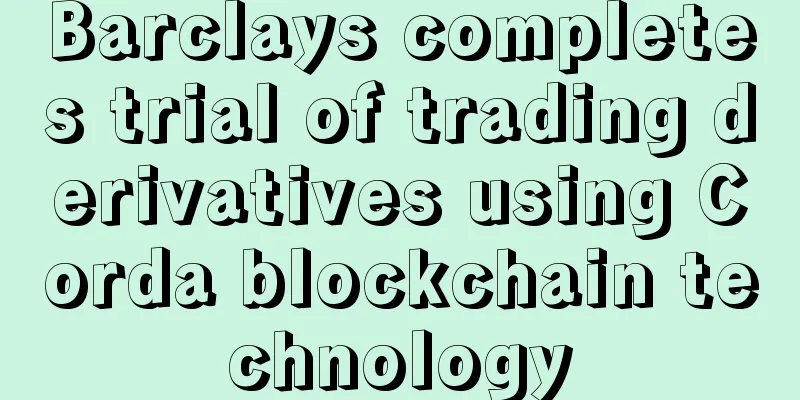
|
British bank Barclays revealed on Tuesday that it has tested a method for trading derivatives using so-called ‘smart contracts’ and blockchain technology developed by banking consortium R3. Derivatives are basically trading contracts between two or more parties and can take many forms and are based on an underlying asset. The International Swaps and Derivatives Association (ISDA) is the body responsible for setting standards for derivatives trading in the financial industry. Currently, issuing paper contracts in the form of computer files is still a very laborious process. On the other hand, a 'smart contract' is a computer program that can automatically execute contract terms when certain conditions are met, greatly reducing human intervention in the transaction process. How it worksIn the Barclays trial, the bank created a smart contract - an electronic document with fields pre-filled with certain ISDA-agreed values. In this way, all banks will have the same document, avoiding delays and unnecessary human intervention. The banks involved can then fill in the document fields with the terms of the derivatives agreement, such as recording price changes. These can all be seen online. Previously, banks would have to search their inboxes or piles of documents to find earlier versions of the draft. The project is being led by Lee Braine of Barclays’ investment banking division, who told CNBC:
Lee Braine Of course, a lot of legal documents are needed during the transaction process. These documents will be sent to the relevant parties, and after all parties agree, the transaction can be executed. Currently, each party has their own version of the legal documents. By centralizing the file storage, all parties can settle the transaction faster and cheaper. Blockchain and Smart ContractsBlockchain is the underlying technology of Bitcoin. It is like a huge decentralized Bitcoin ledger that records all transactions and stores this information on a global network so that it cannot be tampered with. Banks believe that blockchain technology can be used to reduce costs and improve efficiency in everything from remittances to securities trading. Blockchain technology offers the opportunity for smart contracts, which can be recorded in an immutable and secure way, meaning regulators and banks will have an unchangeable record of transactions that took place. This could also eliminate the need for many lawyers and bankers. When a trade needs to be verified, the parties present their contracts. These may include a number of banks and regulators. When the parties agree on these contracts, then the trade can take place - in the case of the Barclays experiment, the trade is for derivatives. ChallengesIn the trial, Barclays used a blockchain developed by the R3 banking consortium, Corda. The R3 banking consortium is a consortium of the world's largest banks, including JPMorgan Chase and Citigroup, dedicated to researching and providing new financial technologies. This trial is the first time that the Corda blockchain has been used in a public trial. However, smart contracts are still in their early stages. There are challenges in defining what they are and how they work. Regulators and standards bodies across industries will need to work together to define what smart contracts mean for each transaction and each institution. In the Barclays test, Brain said ISDA could serve as the issuer of smart contracts. Brain said the banking industry has agreed that there will be a large number of blockchain providers in the future, but the key is for these providers to cooperate under common standards. Breen told CNBC:
Over the past year, a number of projects have been launched to test blockchain technology. Earlier this year, R3 piloted a way to trade fixed-income assets using blockchain technology. Nasdaq also piloted a program that allows Estonian residents to vote in shareholder meetings when they are abroad. Original text: http://www.cnbc.com/2016/04/19/barclays-used-blockchain-tech-to-trade-derivatives.html |
<<: Blockchain 3.0 (11): Blockchain learning reconstructs trust in charitable donations
>>: How can blockchain technology attract the attention of data regulators?
Recommend
Bitcoin price falls below $200, hitting six-month low
The price of Bitcoin fell below $200 today, the f...
How can a man with a high nose bridge achieve success in his career?
How to analyze a man’s high nose bridge? The nose...
Are men with thunder god's mouth good?
In physiognomy, different facial features have di...
The appearance of a giant baby who is always financially dependent on the elderly
There are always some people in this world who ne...
The first day of Hong Kong Financial Week: Is the information summary and multi-party interpretation of the new encryption policy beneficial?
Wanxiang Xiaofeng Before March 1 next year, it is...
Coin Zone Trends: Bitcoin Price Trends Based on Big Data This Week (2017-02-21)
Bulls strongly break through the midline or tend ...
Small eyes are not good-looking, but they have many advantages
Small eyes are not good-looking, but they have ma...
The fortune of people with pointed teeth
It is said that the mouth is the gateway to a per...
Do men with thick and shiny eyebrows like to make friends?
When talking about their mate selection criteria,...
What kind of person is easy to get along with based on his appearance?
Each of us has one or more popular friends around...
What kind of people are suitable for late marriage?
Do you know when a person is considered to be lat...
What are the characteristics of rich ears?
What are the characteristics of rich ears? Ears t...
The face of a daughter-in-law who pleases her mother-in-law
The face of a daughter-in-law who pleases her mot...
What are the characteristics of an attractive man?
Attractive man's face Eyes clear and deep Tho...
Analysis of the facial features of men with moles at the end of their eyebrows and good luck in love
What does it mean when a man has a mole on his ey...

